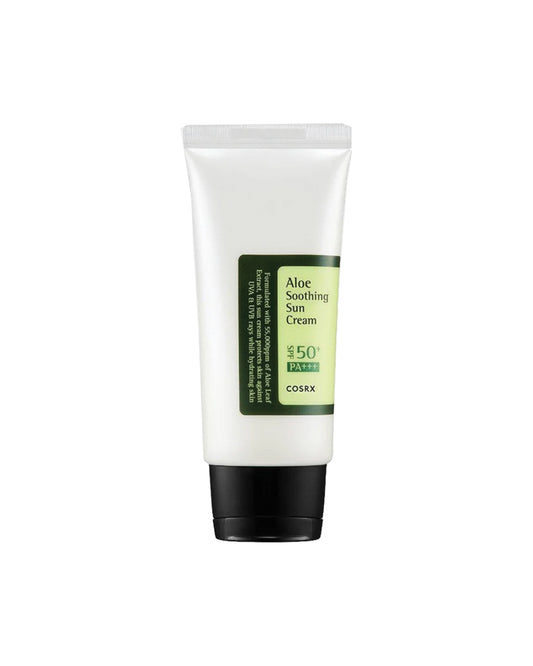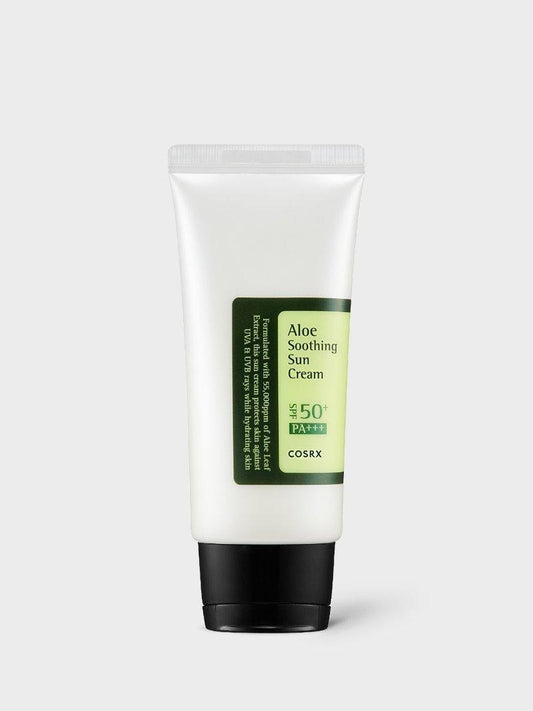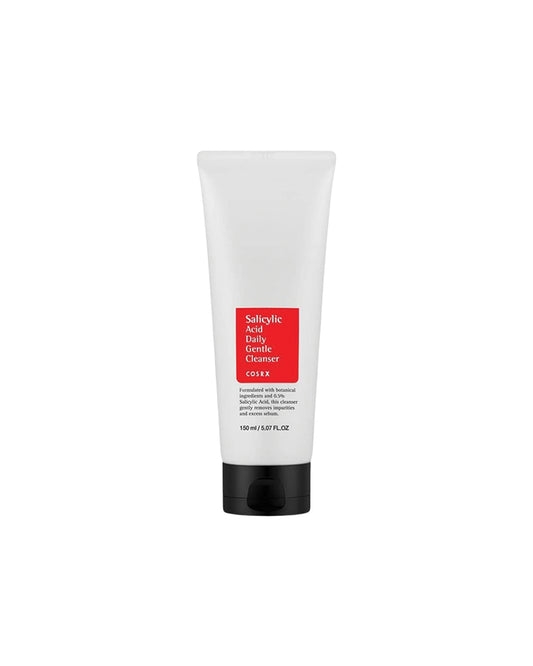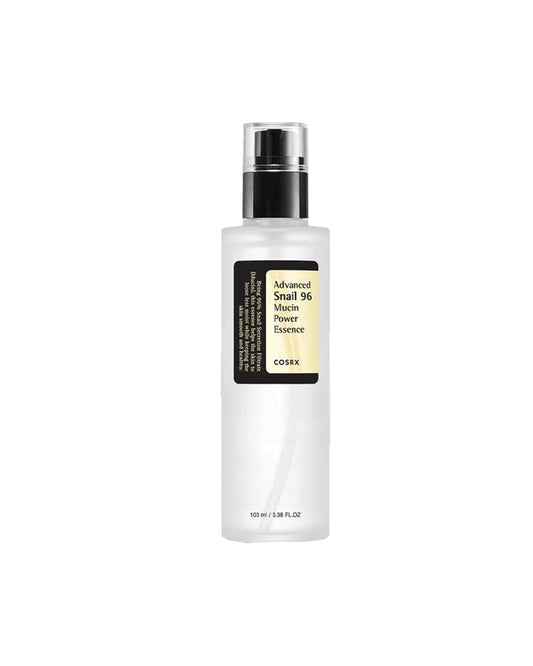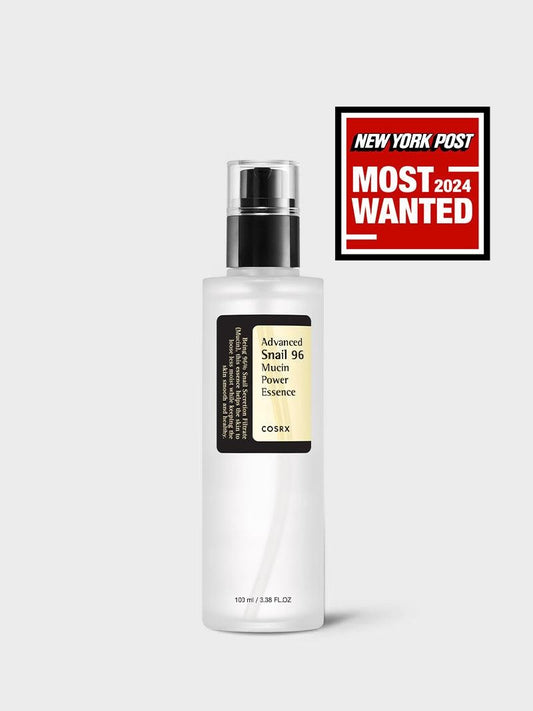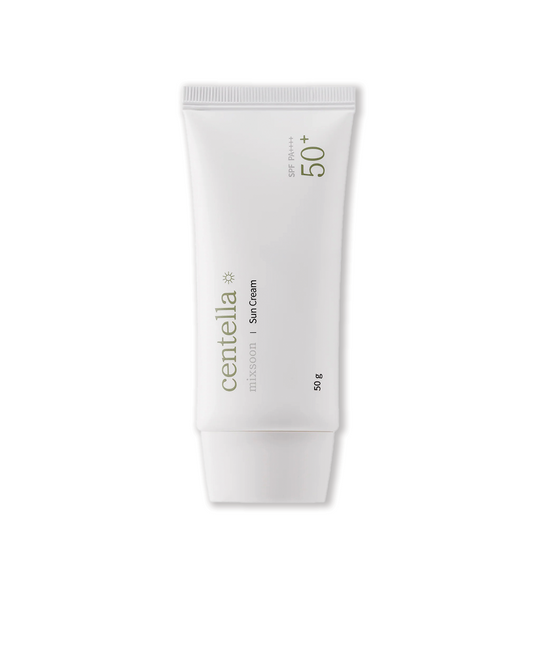The Rise of Skin Cycling: Why Less is More in Skincare (2025 Guide)
Introduction
In 2025, skincare has taken a major shift from 10-step routines and overloaded product shelves to something more minimal, intentional, and effective: Skin Cycling. Originally coined by dermatologist Dr. Whitney Bowe, skin cycling has become one of the most widely adopted skincare practices worldwide. The concept is simple yet revolutionary — instead of bombarding your skin with multiple actives daily, you cycle through products on different nights to give your skin time to recover and repair.
But why has this approach gained so much popularity? Because it’s backed by science, improves results, reduces irritation, and is perfectly aligned with the new wave of sustainable and minimalist beauty.
In this blog, we’ll break down everything you need to know about skin cycling, why it’s trending in 2025, and how you can adopt this smart approach to achieve glowing, healthy skin.
What is Skin Cycling?
Skin cycling is a four-night skincare routine designed to maximize benefits while minimizing irritation. Instead of using multiple active ingredients every night, you rotate them strategically:
-
Night 1: Exfoliation (AHAs/BHAs) – Clears dead skin cells, unclogs pores, and preps the skin.
-
Night 2: Retinoids (Retinol/Tretinoin/Retinaldehyde) – Boosts collagen, smooths wrinkles, and reduces pigmentation.
-
Nights 3 & 4: Recovery (Moisturizers/Barrier Repair) – Focus on hydration, barrier strengthening, and soothing the skin.
After four nights, you repeat the cycle.
This method works because it balances active treatment with essential rest periods, preventing over-exfoliation, dryness, and sensitivity — problems common in the old era of aggressive skincare.
Why is Skin Cycling Popular in 2025?
-
Simplicity in Overloaded Skincare Market
For years, skincare routines kept getting longer — double cleansing, toners, essences, serums, oils, and creams. But most people didn’t need such complexity. Skin cycling simplifies skincare without compromising results, making it perfect for busy lifestyles. -
Focus on Barrier Health
Post-2020s, people realized that skin barrier damage is the root cause of acne, redness, dryness, and aging signs. Skin cycling prioritizes barrier repair nights, allowing skin to heal and stay resilient. -
Dermatologist-Approved Trend
Unlike many fads, skin cycling is scientifically backed. Dermatologists globally endorse it as one of the safest and most effective routines. -
Sustainability Factor
Minimal product use means less consumer waste, lower product consumption, and more eco-conscious skincare habits — aligning with the sustainability movement in beauty. -
Fits All Skin Types
Whether you have oily, dry, sensitive, or aging skin, skin cycling can be customized. Its adaptability has made it universally appealing.
Step-by-Step Skin Cycling Routine
Here’s how you can implement a skin cycling routine tailored to your skin type:
Night 1: Exfoliation
-
Products: Glycolic acid, lactic acid, salicylic acid, or enzyme exfoliants.
-
Purpose: Removes dull surface cells, enhances radiance, improves product penetration.
-
Pro Tip: Sensitive skin? Use milder options like mandelic acid or polyhydroxy acids (PHAs).
Night 2: Retinoid
-
Products: Retinol, retinal, adapalene, or prescription tretinoin.
-
Purpose: Stimulates collagen, reduces fine lines, evens tone, clears acne.
-
Pro Tip: Start with 0.25–0.5% retinol if you’re a beginner. Always use moisturizer after to buffer irritation.
Nights 3 & 4: Recovery
-
Products: Ceramide creams, hyaluronic acid serums, peptides, niacinamide.
-
Purpose: Replenish hydration, strengthen barrier, calm irritation.
-
Pro Tip: Choose fragrance-free, dermatologist-tested products for maximum soothing.
Who Should Try Skin Cycling?
-
Beginners: If you’re overwhelmed by skincare, this method gives you structure.
-
Sensitive Skin Users: Because of the built-in rest days, skin cycling minimizes irritation.
-
Anti-Aging Focused Users: Retinoid nights deliver proven anti-aging benefits, while recovery prevents damage.
-
Busy Professionals: Minimal products, big results.
Results You Can Expect
Within 2–8 weeks, consistent skin cycling shows visible improvements:
-
Brighter, smoother skin
-
Reduced breakouts
-
Stronger barrier (less redness, dryness, irritation)
-
Fewer fine lines and improved elasticity
-
More even skin tone
Common Mistakes to Avoid
-
Skipping Sunscreen – Retinoids and exfoliants make skin sun-sensitive. Daily SPF is non-negotiable.
-
Overusing Actives – Don’t exfoliate or use retinol on recovery nights. Respect the cycle.
-
Mixing Harsh Products – Avoid combining strong actives (e.g., retinol + glycolic acid in one night).
-
Impatience – Visible results may take 6–12 weeks. Consistency is key.
Skin Cycling in 2025: New Innovations
The trend has evolved with exciting updates in 2025:
-
AI-Powered Routines – Apps now analyze your skin and suggest tailored cycling plans.
-
Probiotic Recovery Products – New recovery creams contain microbiome-balancing probiotics for faster healing.
-
Retinol Alternatives – Ingredients like bakuchiol and retinaldehyde are replacing harsh retinoids for sensitive users.
-
Hybrid Exfoliants – Formulas combine gentle acids with soothing agents, making exfoliation safer.
Final Thoughts
Skin cycling has shifted the beauty world from “more is better” to “smart is better.” By alternating between actives and recovery, it provides the perfect balance of results + skin health.
In 2025, with so many people struggling with irritation from overcomplicated routines, skin cycling has become a game-changer for achieving glowing, healthy, youthful skin with fewer products and less stress.
If you’re ready to embrace minimalism while still seeing maximum results, it’s time to give skin cycling a try — your skin (and your bathroom shelf) will thank you.

